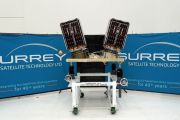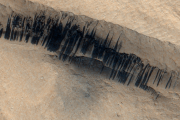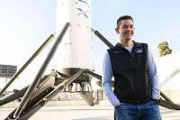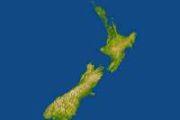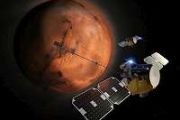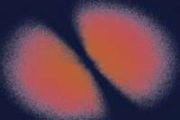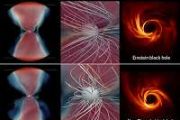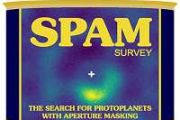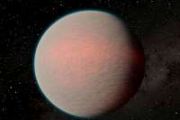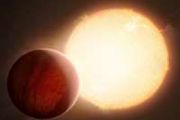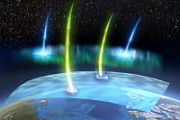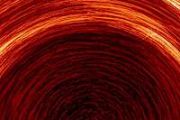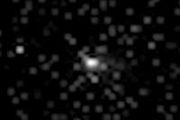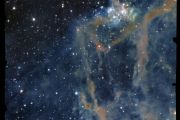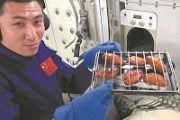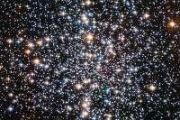
Copernical Team
Marine Management Organisation opens consultation on Virgin Orbit launch site
 The Marine Management Organisation (MMO) is consulting on the determination of a marine licence application from Virgin Orbit, proposing to launch a satellite from Spaceport Cornwall in Newquay.
Virgin Orbit proposes to conduct a maximum of one launch in 2022 and two launches per year over the next 8 years (January 2023 - December 2030).
As the material to be deposited will be loaded
The Marine Management Organisation (MMO) is consulting on the determination of a marine licence application from Virgin Orbit, proposing to launch a satellite from Spaceport Cornwall in Newquay.
Virgin Orbit proposes to conduct a maximum of one launch in 2022 and two launches per year over the next 8 years (January 2023 - December 2030).
As the material to be deposited will be loaded Chinese astronauts set up new lab on space station
 Astronauts entered the new lab module of China's space station for the first time Monday, in a major step towards completing the orbital outpost by the end of the year.
The station is one of the crown jewels of Beijing's ambitious space programme, which has landed robotic rovers on Mars and the Moon, and made China only the third nation to put humans in orbit.
Once completed, Tiangong --
Astronauts entered the new lab module of China's space station for the first time Monday, in a major step towards completing the orbital outpost by the end of the year.
The station is one of the crown jewels of Beijing's ambitious space programme, which has landed robotic rovers on Mars and the Moon, and made China only the third nation to put humans in orbit.
Once completed, Tiangong -- China adds science laboratory to its orbiting space station

China launches one of 2 lab modules to join space station
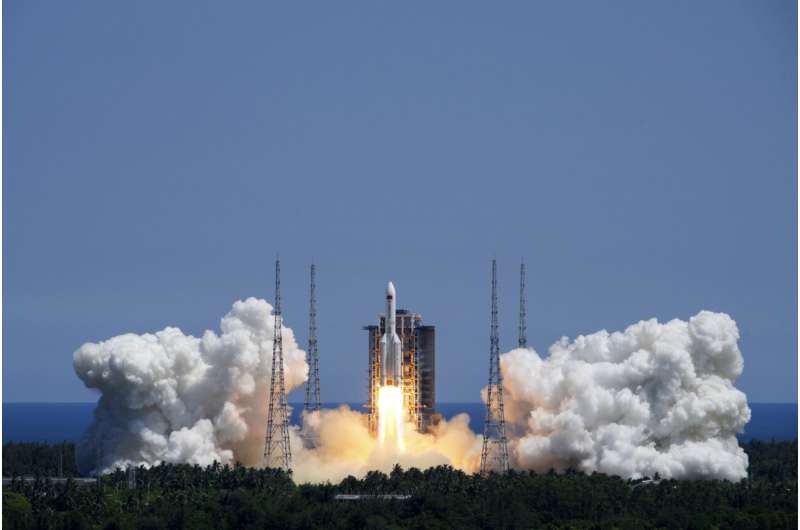
China launches second of three space station modules
 China launched on Sunday the second of three modules needed to complete its new space station, state media reported, the latest step in Beijing's ambitious space programme.
The uncrewed craft, named Wentian, was propelled by a Long March 5B rocket at 2:22 pm (0622 GMT) from the Wenchang launch centre on China's tropical island of Hainan.
Beijing launched the central module of its space s
China launched on Sunday the second of three modules needed to complete its new space station, state media reported, the latest step in Beijing's ambitious space programme.
The uncrewed craft, named Wentian, was propelled by a Long March 5B rocket at 2:22 pm (0622 GMT) from the Wenchang launch centre on China's tropical island of Hainan.
Beijing launched the central module of its space s CSU researcher links real encounter with 'milky seas' to satellite pictures
 Milky seas - the rare phenomenon of glowing areas on the ocean's surface that can cover hundreds of square miles - are not new to scientists at Colorado State University. They have previously demonstrated the use of satellites to see these elusive phenomena. What was missing were photographic observations of milky seas observed from the Earth's surface and from space at the same time.
Unti
Milky seas - the rare phenomenon of glowing areas on the ocean's surface that can cover hundreds of square miles - are not new to scientists at Colorado State University. They have previously demonstrated the use of satellites to see these elusive phenomena. What was missing were photographic observations of milky seas observed from the Earth's surface and from space at the same time.
Unti EO-Lab is Launched - Your Access to Earth Observation Data
 How can we measure the well-being of our planet Earth? Scientists and researchers in Germany are now offered a new platform for analysing Earth observation satellite data. EO-Lab has been commissioned by the German Space Agency at German Aerospace Centre (Deutsches Zentrum fur Luft- und Raumfahrt; DLR) on behalf of the German Federal Ministry for Economic Affairs and Climate Action.
The ne
How can we measure the well-being of our planet Earth? Scientists and researchers in Germany are now offered a new platform for analysing Earth observation satellite data. EO-Lab has been commissioned by the German Space Agency at German Aerospace Centre (Deutsches Zentrum fur Luft- und Raumfahrt; DLR) on behalf of the German Federal Ministry for Economic Affairs and Climate Action.
The ne The missing link to how galaxies evolve
 A University of Massachusetts Amherst undergraduate student has contributed significant work regarding the growth of stars and black holes, providing key insight into how they are linked. This new information will allow the James Webb Space Telescope (JWST) to more efficiently untangle how, exactly, galaxies work.
Astronomers know that the evolution of galaxies is powered by two processes:
A University of Massachusetts Amherst undergraduate student has contributed significant work regarding the growth of stars and black holes, providing key insight into how they are linked. This new information will allow the James Webb Space Telescope (JWST) to more efficiently untangle how, exactly, galaxies work.
Astronomers know that the evolution of galaxies is powered by two processes: Eutelsat KONNECT VHTS built by Thales shipped to Kourou
 EUTELSAT KONNECT VHTS satellite, the state-of-the-art and largest satellite ever put into orbit by international operator Eutelsat Communications (Euronext Paris: ETL) is now on its way to Europe's Spaceport in Kourou, French Guiana, by boat, for a launch planned 6 September 2022 on board an Ariane 5 rocket.
EUTELSAT KONNECT VHTS, a very high throughput satellite built by Thales Alenia Spa
EUTELSAT KONNECT VHTS satellite, the state-of-the-art and largest satellite ever put into orbit by international operator Eutelsat Communications (Euronext Paris: ETL) is now on its way to Europe's Spaceport in Kourou, French Guiana, by boat, for a launch planned 6 September 2022 on board an Ariane 5 rocket.
EUTELSAT KONNECT VHTS, a very high throughput satellite built by Thales Alenia Spa Satellite built by Open Cosmos and RHEA Group to fly on LauncherOne
 In what will be a mission of firsts, Virgin Orbit (Nasdaq: VORB), has been selected to launch RHEA Group's first satellite into space. The international engineering and solutions firm is working with Open Cosmos to design, build and operate its mission.
Open Cosmos and RHEA have selected Virgin Orbit from its UK business to carry the satellite, DOVER Pathfinder (DOVER), to Low Earth Orbit
In what will be a mission of firsts, Virgin Orbit (Nasdaq: VORB), has been selected to launch RHEA Group's first satellite into space. The international engineering and solutions firm is working with Open Cosmos to design, build and operate its mission.
Open Cosmos and RHEA have selected Virgin Orbit from its UK business to carry the satellite, DOVER Pathfinder (DOVER), to Low Earth Orbit 




